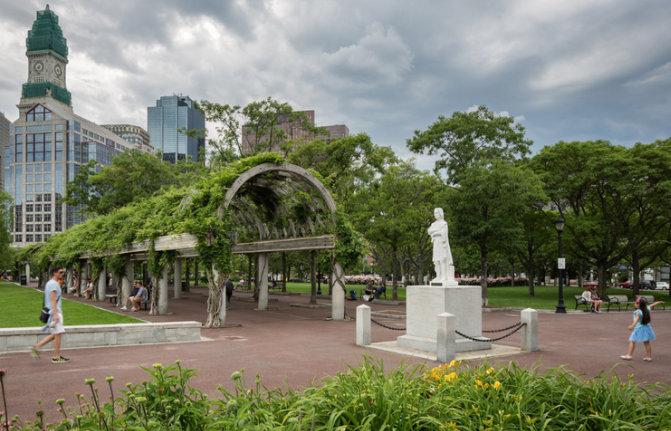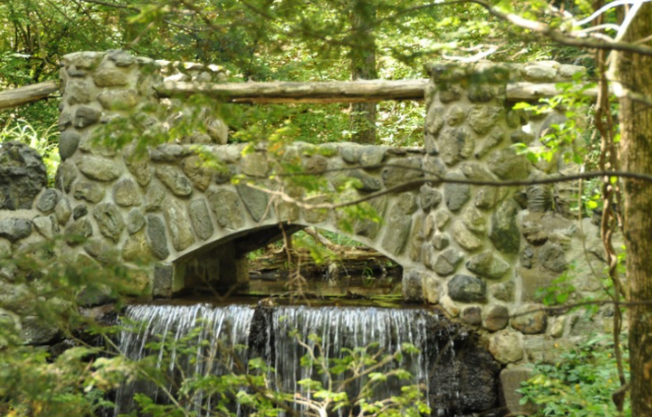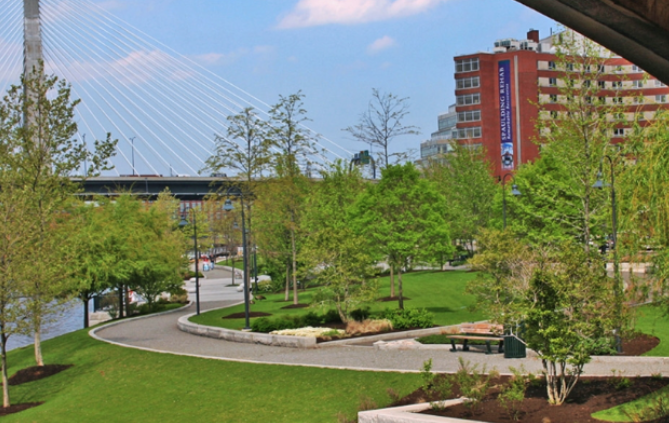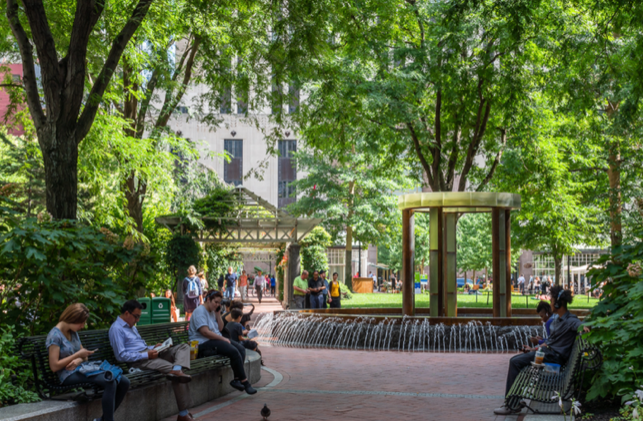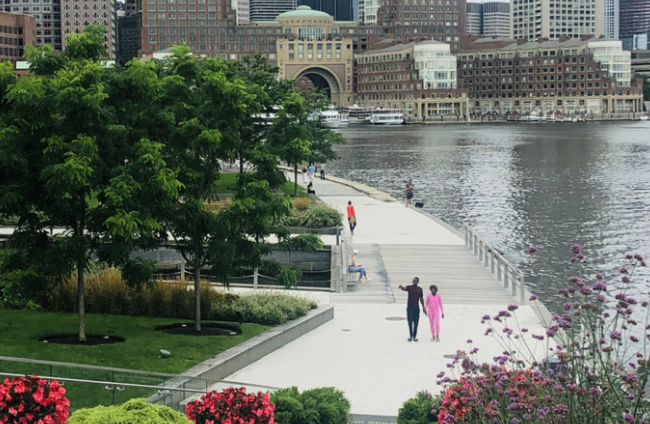
Student-created projects and work, selected by Emerson Green Collective to be highlighted on our website.

Nature Nurturer Network
This page is a culmination of a semester long project in Jon Honea’s course Energy and Sustainability (SC-220). At first when we were assigned our topic, we thought of a million different methods to get this information out to the student body. Through all our research and testing we found that the best way to help each other is by going to these green spaces together and getting active in protecting and caring for our local green spaces. We thank EGC for supporting us in doing so.
Green Spaces in Boston
How to Visit Ethically
Leave No Trace – Always clean up after yourself, dispose of trash properly, and avoid disturbing plants or wildlife. If you bring something in, take it back out with you.
Stick to Designated Paths – Stay on marked trails to prevent erosion and protect delicate ecosystems. Wandering off-trail can damage plant life and disrupt habitats.
Respect Wildlife – Observe animals from a distance without feeding or touching them. Human food can harm wildlife, and too much human interaction can stress them out.
Be Mindful of Noise – Keep noise levels low to maintain the peaceful atmosphere of the space and avoid disturbing both wildlife and other visitors.
Travel Sustainably – Whenever possible, walk, bike, or use public transportation to get to green spaces instead of driving, reducing your carbon footprint.
Minimize Single-Use Plastics – Bring a reusable water bottle, containers, and utensils to reduce waste and keep the area clean.
Educate and Encourage Others – Share ethical outdoor practices with friends and family to help spread awareness and promote responsible enjoyment of green spaces.
By following these tips, you help ensure that natural spaces remain beautiful, healthy, and accessible for future visitors and wildlife.
Benefits
For Humans
Improves mental health: Spending time in nature reduces stress, anxiety, and depression, helping to boost overall mood and relaxation. The calming effect of green spaces has been linked to lower cortisol levels, which can improve overall emotional well-being.
Encourages physical activity: Being surrounded by greenery makes exercise more enjoyable, increasing the likelihood of maintaining an active routine. Outdoor activities also engage more muscle groups and promote better cardiovascular health compared to indoor workouts.
Boosts cognitive function: Research suggests that time spent in green environments can enhance memory and attention span, particularly in children and older adults. Nature’s calming effect allows the brain to reset, reducing mental fatigue and improving productivity.
Enhances social connections: Green spaces create opportunities for people to gather, whether for picnics, sports, or community events, strengthening relationships. Shared outdoor experiences encourage bonding, reduce feelings of isolation, and build stronger communities.
For Nature
Reduces carbon emissions: Green spaces reduce carbon emissions by absorbing CO₂ from the atmosphere through photosynthesis, helping to mitigate the effects of climate change. They also lower urban temperatures, reducing the need for energy-intensive cooling systems like air conditioning.
Enhances biodiversity: Green spaces enhance biodiversity by providing habitats for a wide range of plant and animal species, supporting ecosystem stability. They create wildlife corridors that connect fragmented habitats, allowing species to migrate and thrive.
Protects wildlife ecosystems: Green spaces protect wildlife by offering safe habitats where animals can find food, shelter, and breeding grounds. They help preserve native species by reducing habitat loss caused by urbanization and deforestation. Additionally, green spaces act as refuges for migratory species, providing essential stopover points for rest and nourishment.
Supports pollination: Parks and green areas with flowers and native plants attract bees, butterflies, and other pollinators. Which are crucial for plant reproduction and sustain both wildlife and human food supplies. Without these vital species, many ecosystems would struggle, leading to declines in plant populations and food shortages.
Activities
Outdoor Games/Sports
Hiking
Photography
Reading/writing
Cycling
Picnic
Our visual media
Explore it
🌿
Preserve it
🌿
Share it
🌿
Explore it 🌿 Preserve it 🌿 Share it 🌿




